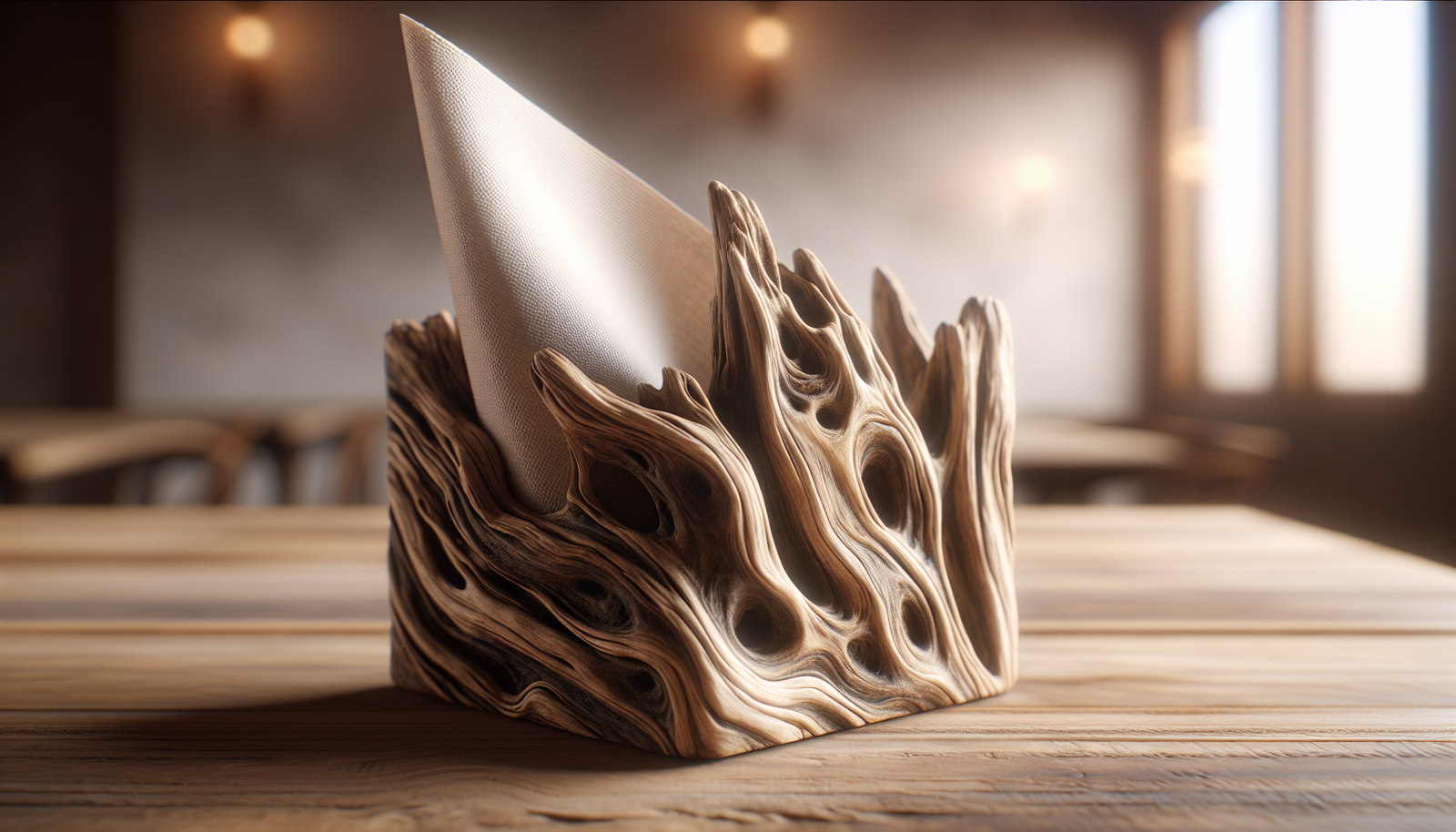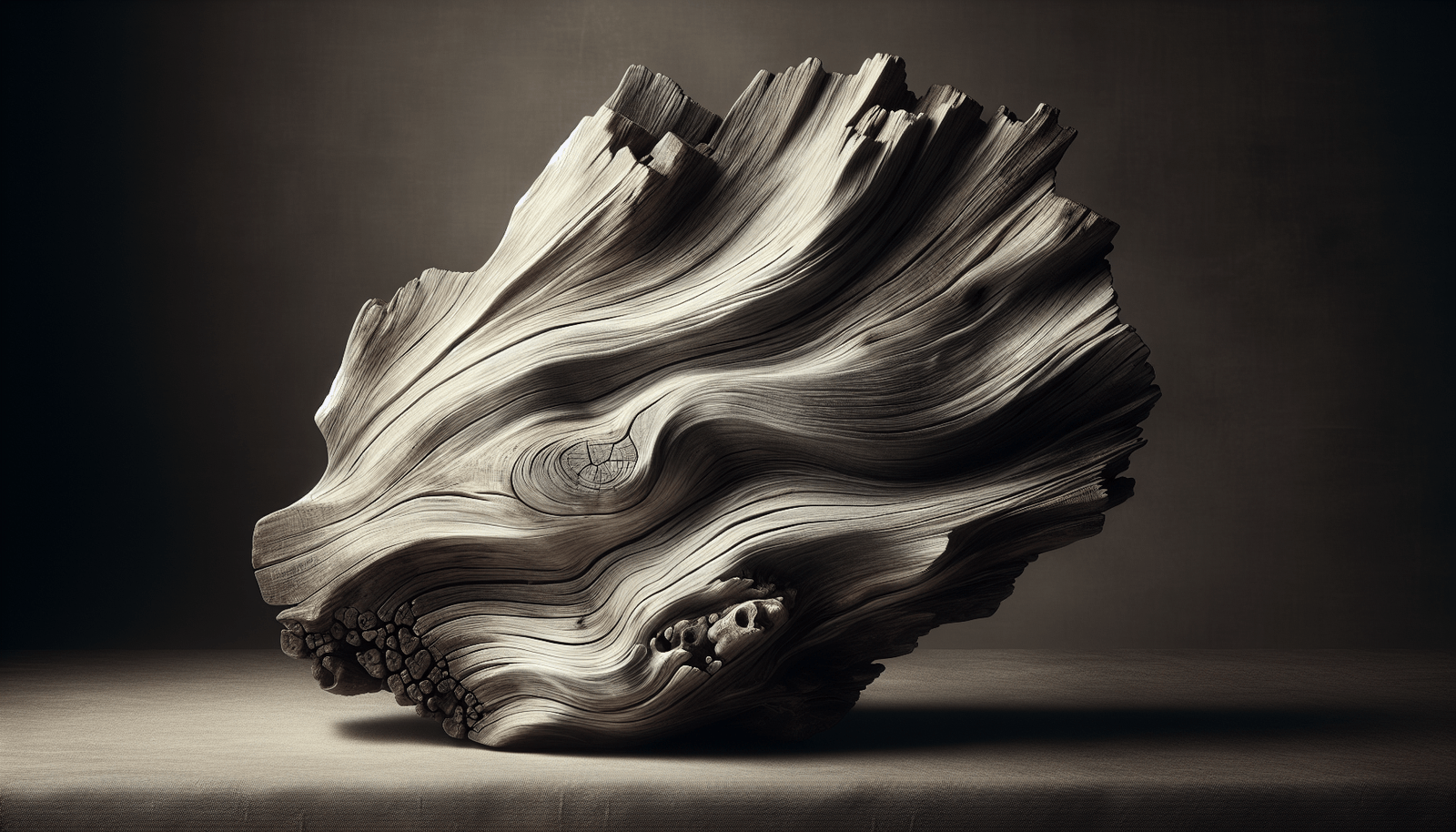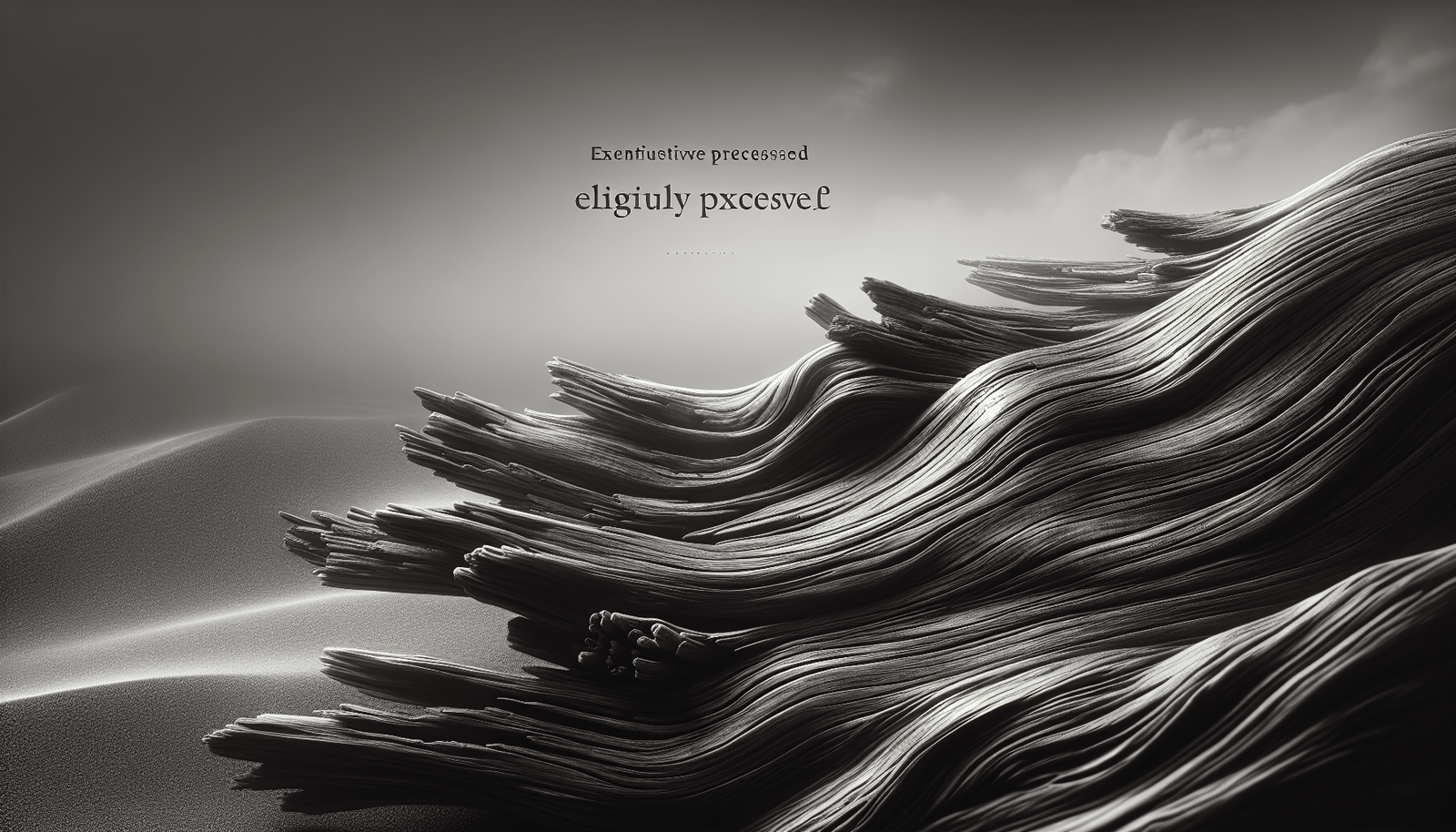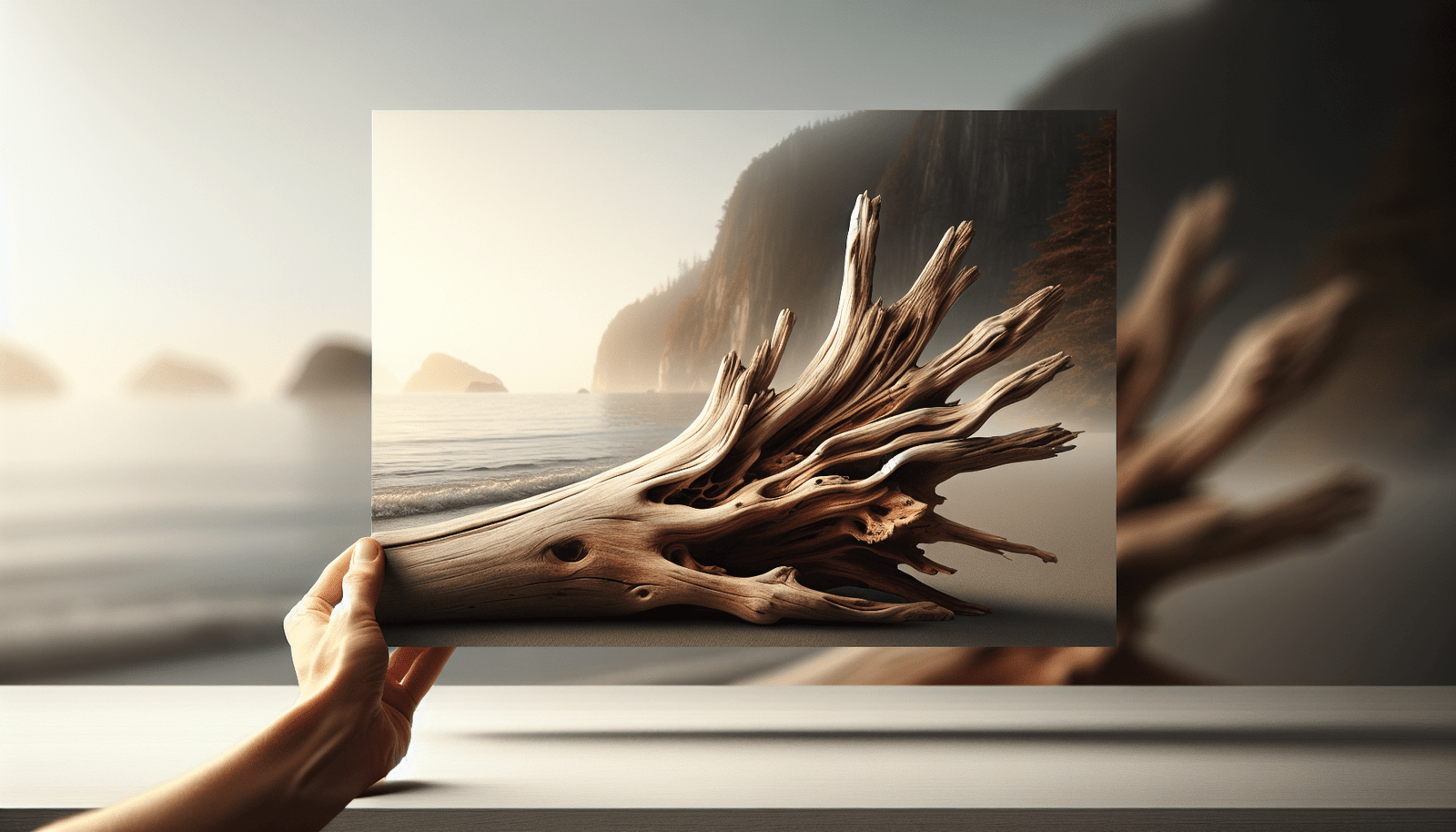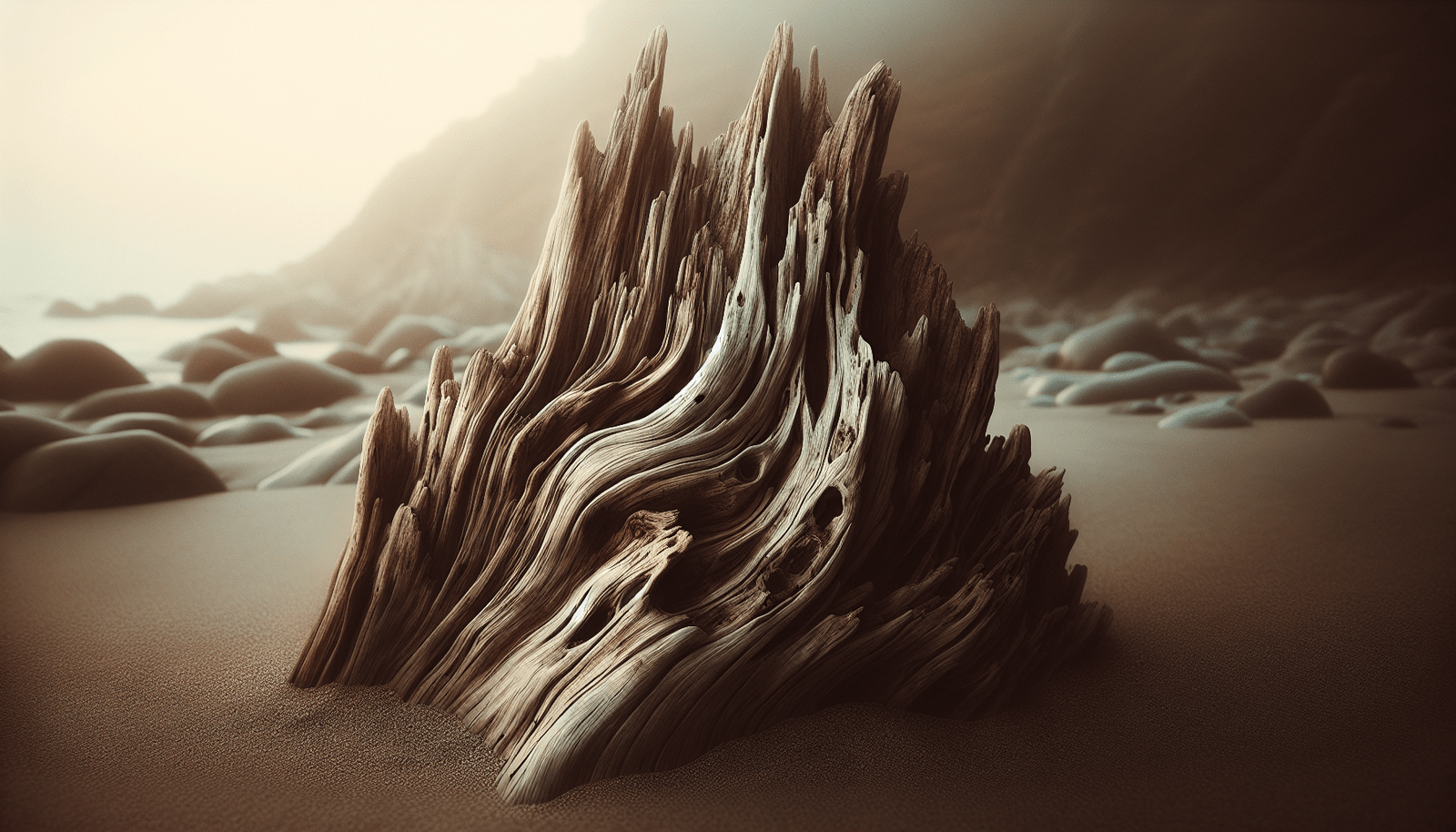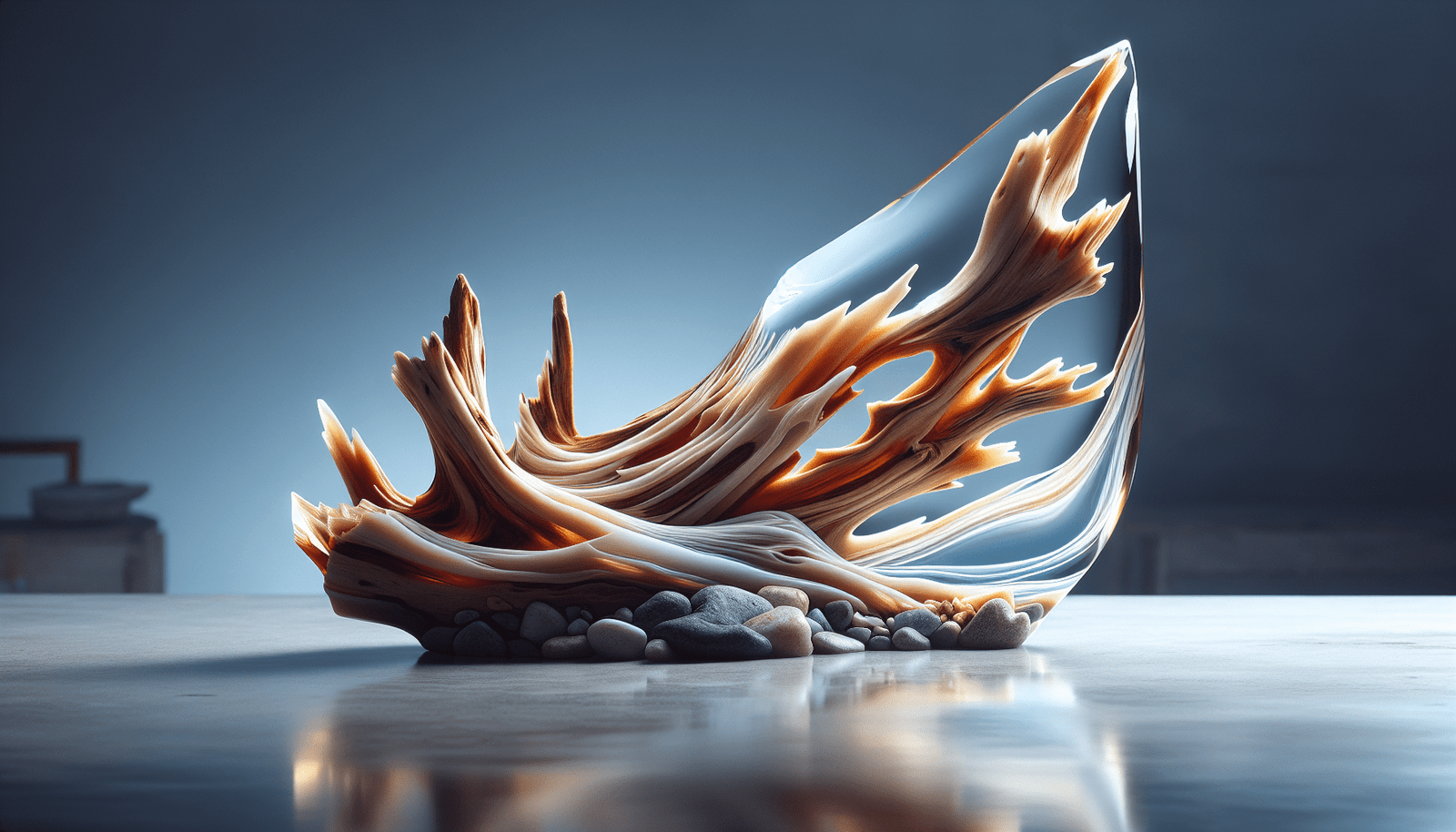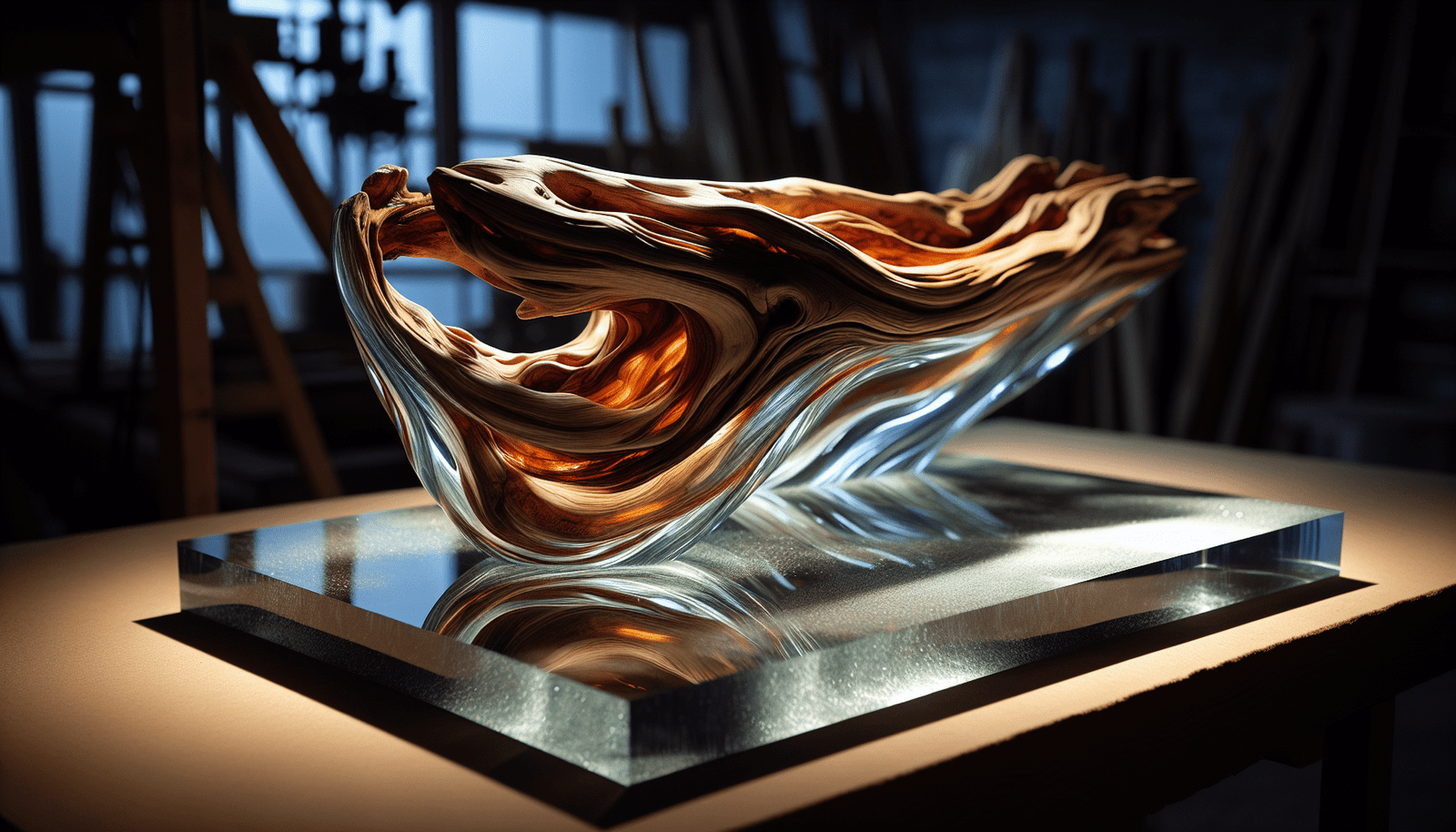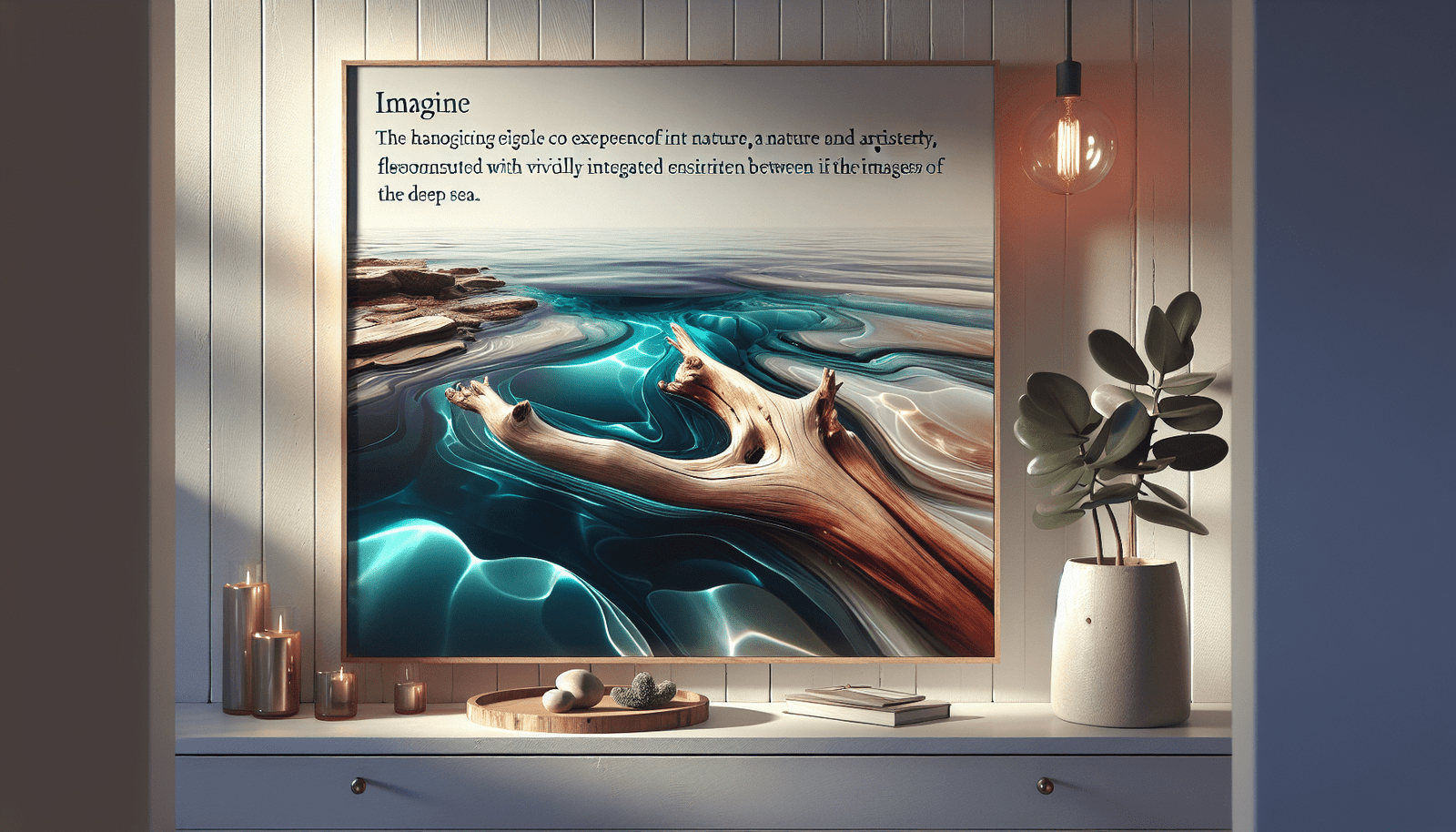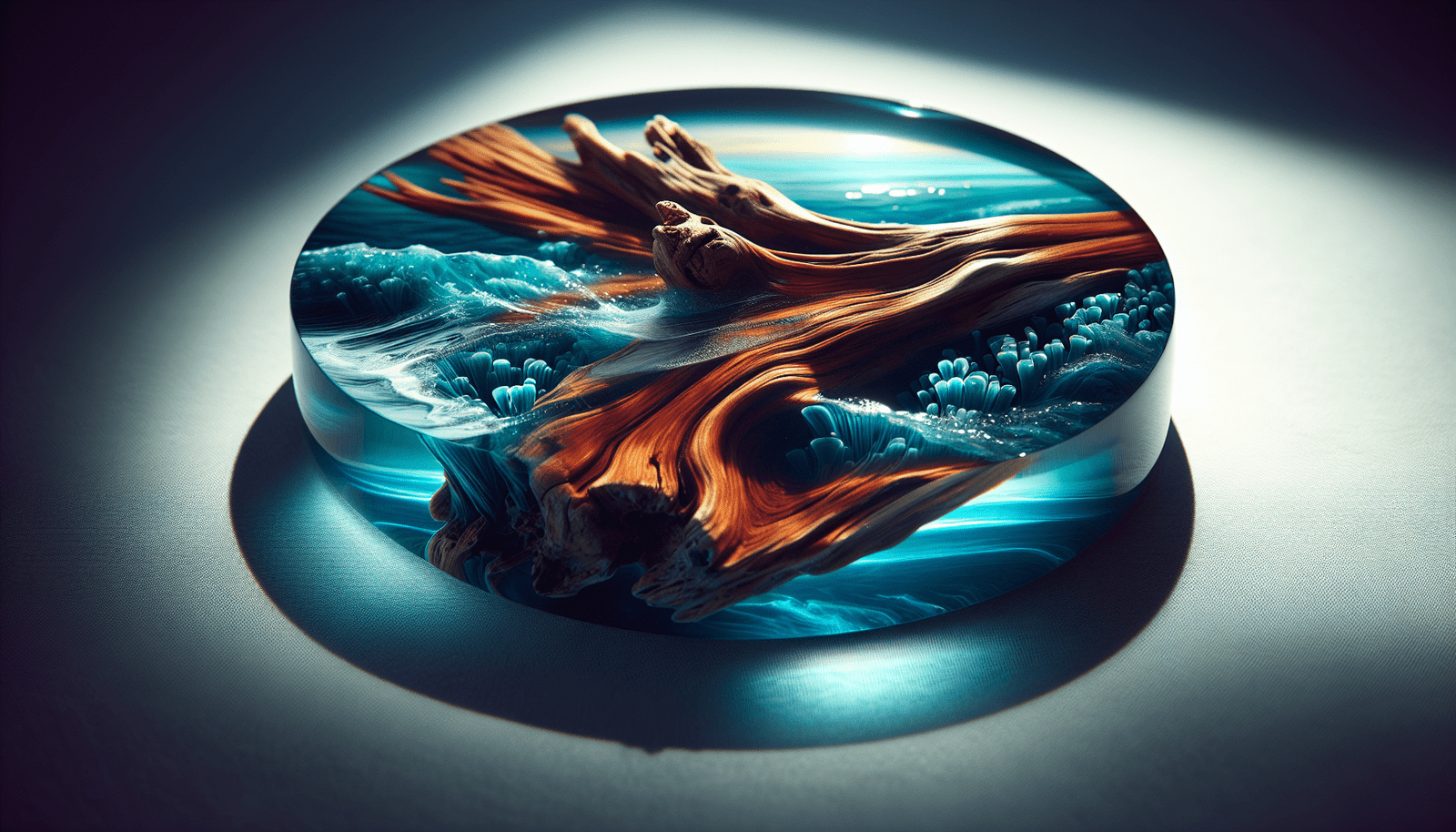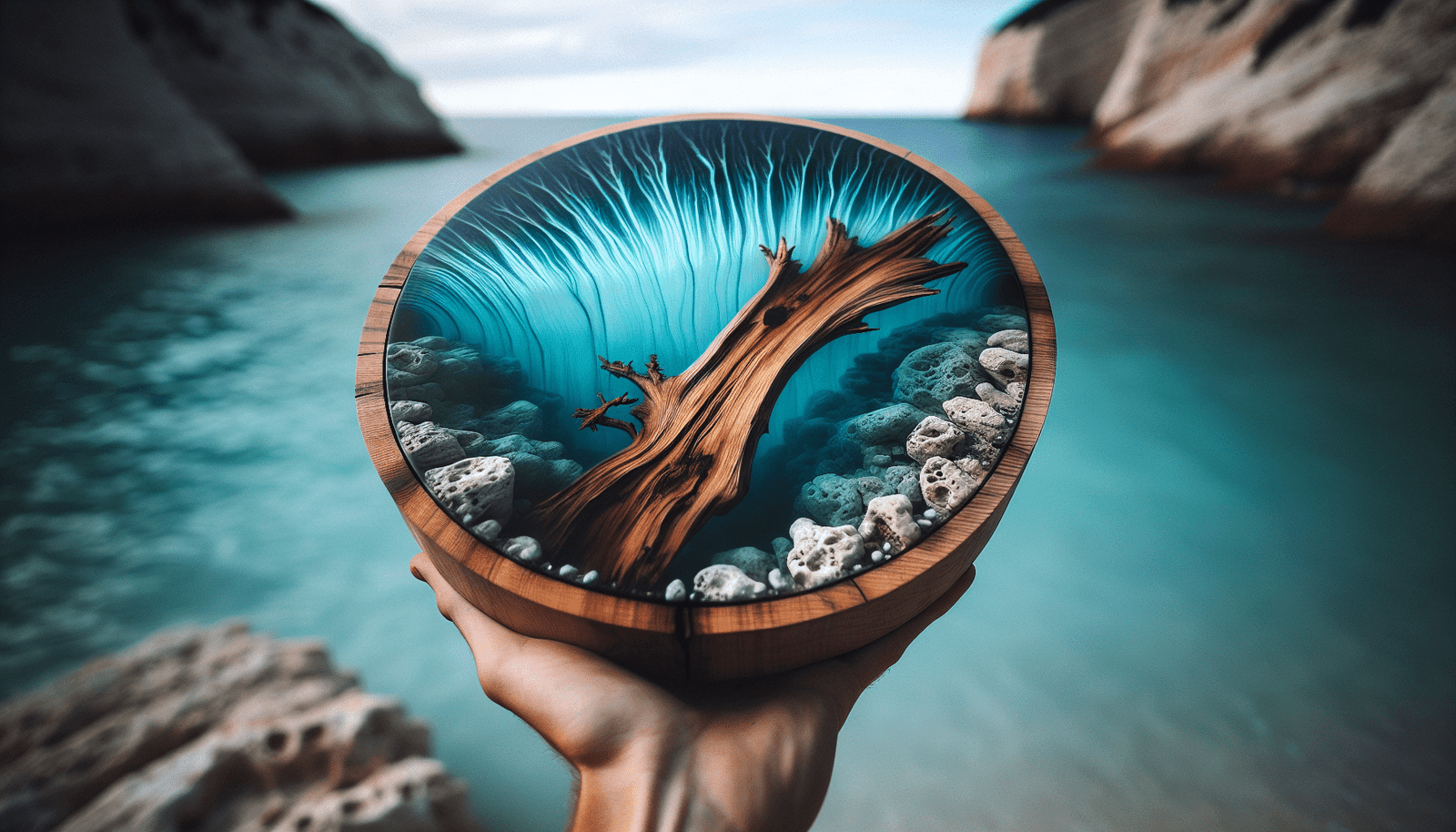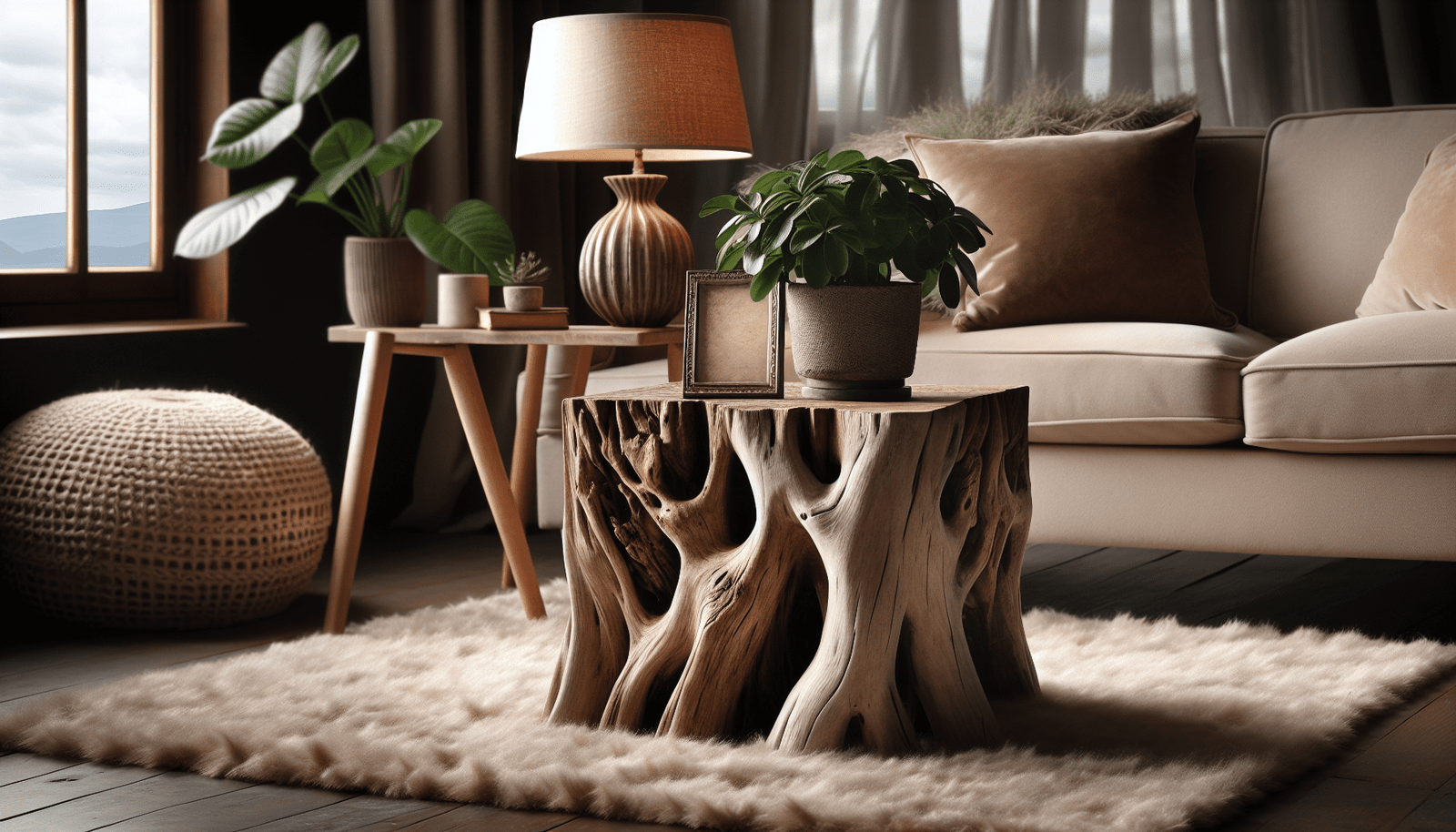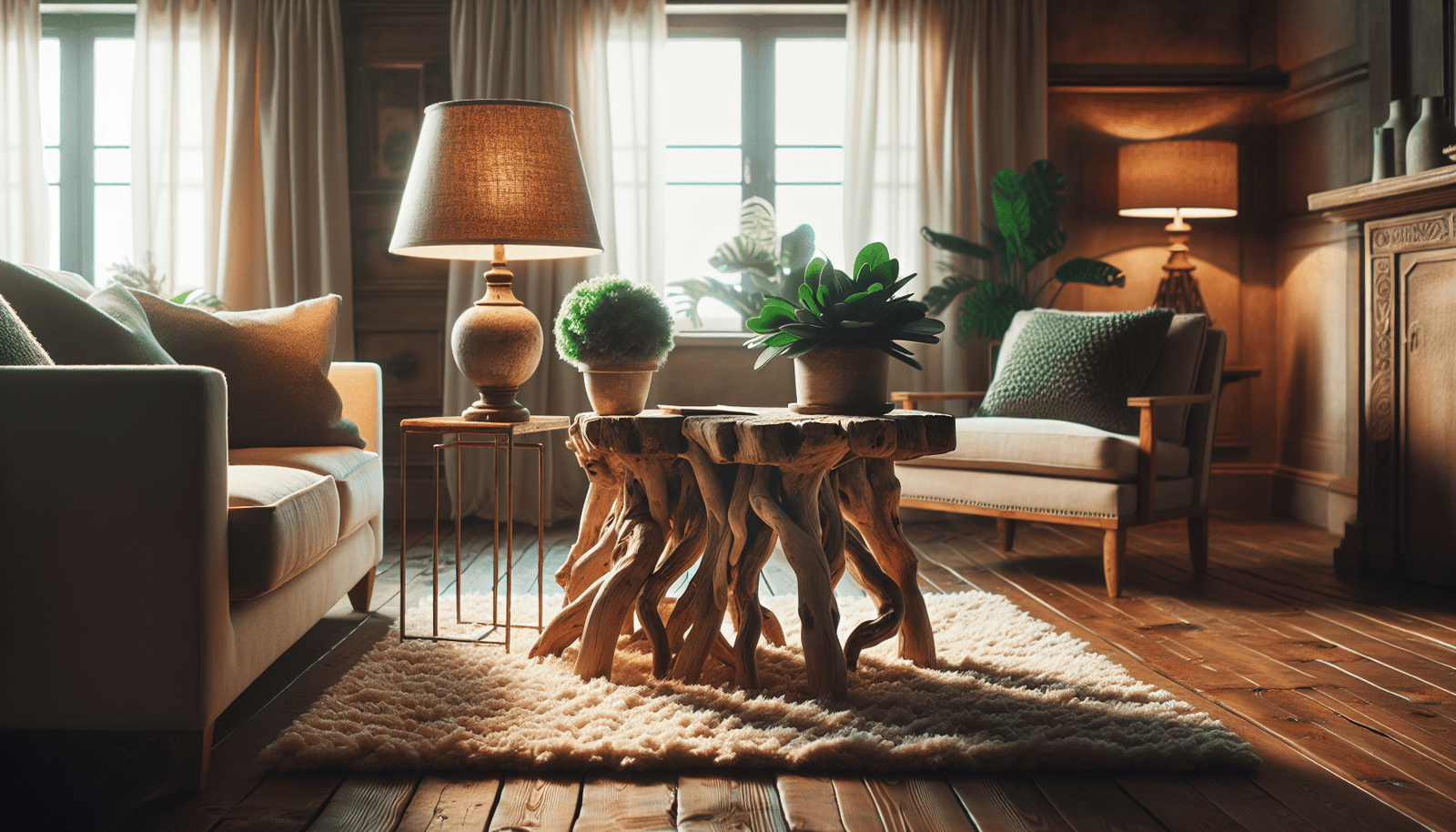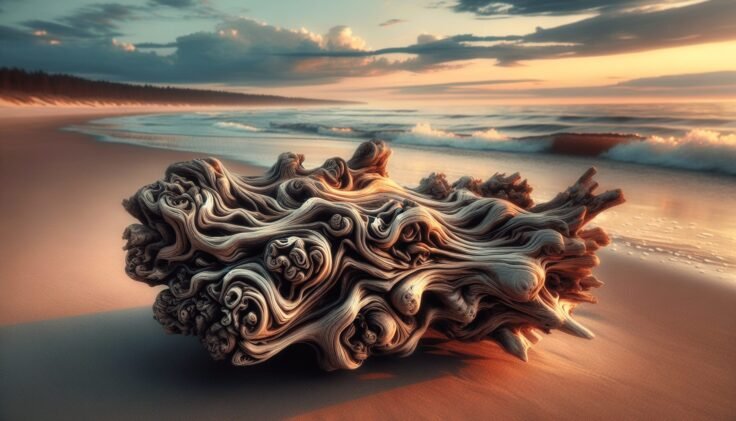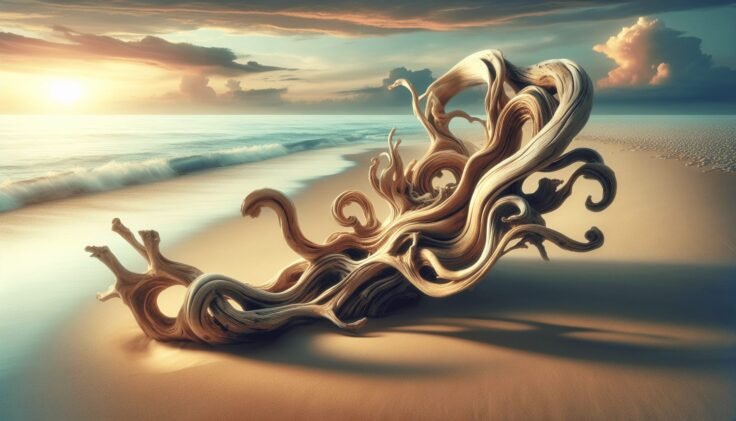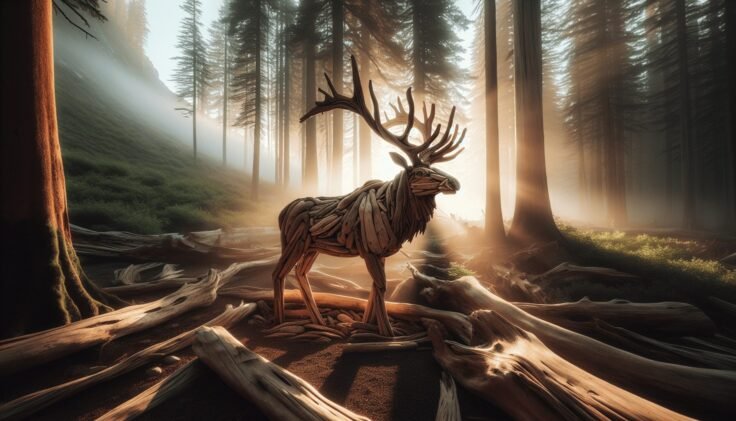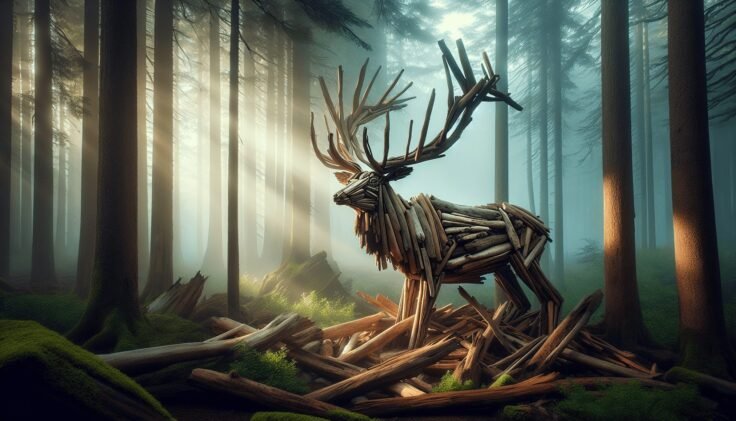Have you ever picked up a piece of driftwood on the beach and wondered about its journey? Driftwood, with its weathered, natural charm, often inspires curiosity and creativity. One of the delightful ways to memorialize this natural treasure is by giving it a unique name. This article will guide you in understanding what ‘driftwood names’ are all about and how you can create your own. It will explore various aspects from the artistic to the spiritual, providing a well-rounded take on how you could integrate this little piece of nature into your life.
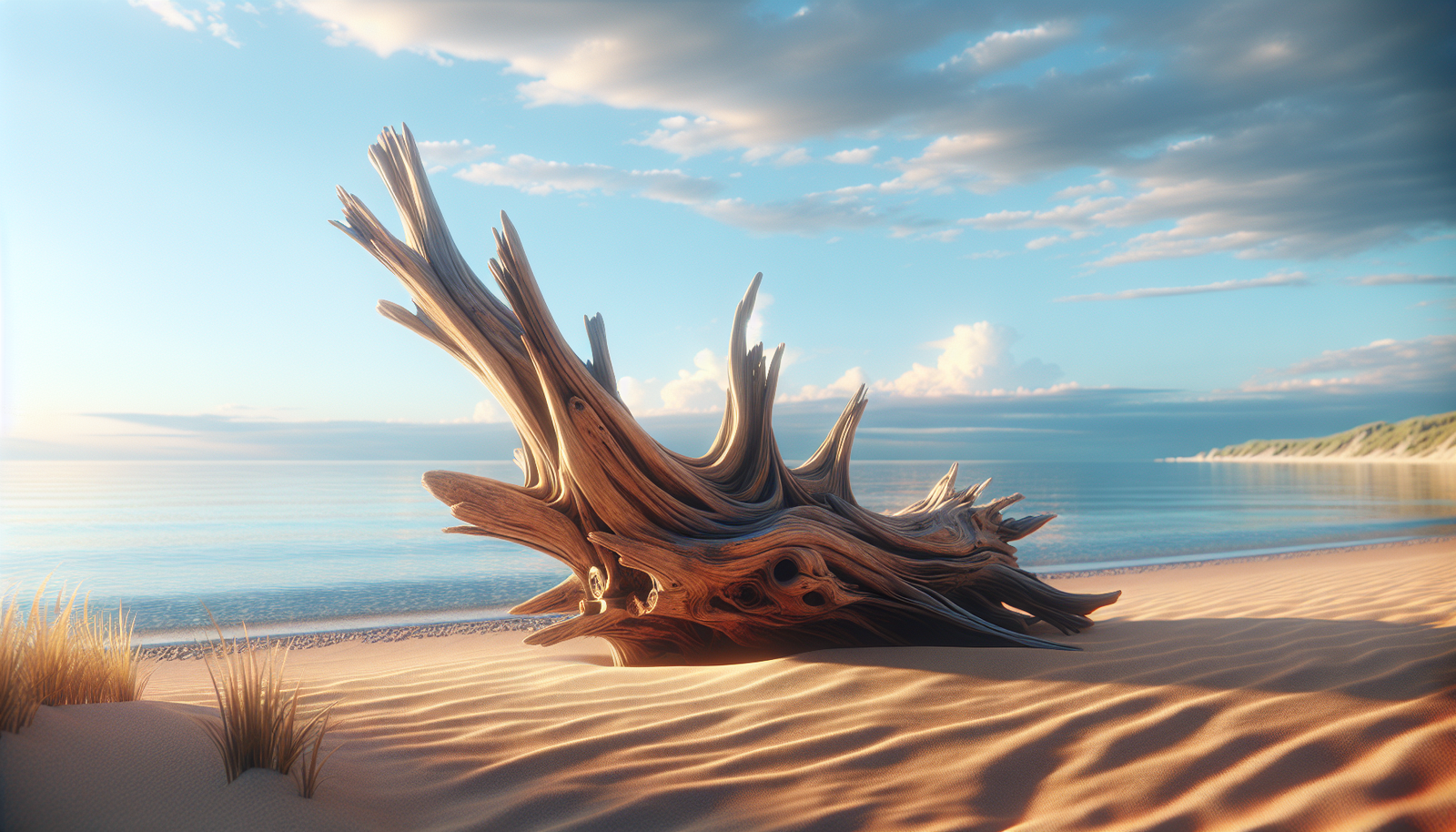
What is Driftwood?
Driftwood refers to any wood that has been washed ashore by the sea, rivers, or lakes. Over time, the motion of water smoothes and shapes the wood, making each piece unique. Its rustic appeal and natural beauty often inspire people to collect it as souvenirs or use it in art and decorations. But beyond its aesthetic value, driftwood carries with it the mystery of its unknown voyages across vast bodies of water.
How is Driftwood Formed?
Pieces of wood become driftwood through a natural process of erosion and weathering. As trees and branches fall into water bodies, they are carried away by currents. Sun, salt, and sand gradually wear them down, creating smooth edges and unique shapes. This transformation can take years, making each piece a work of art sculpted by nature herself.
Why Do People Love Driftwood?
Driftwood is cherished for its unique appearance and organic charm. It tells a story of its journey, and this mystery captivates the imagination. For many, holding a piece of driftwood is like holding a little piece of history. Its presence in a room can evoke feelings of calm and connection to nature, which is why it is often used in home décor and as a medium in artistic projects.
The Concept of Naming Driftwood
Naming driftwood might seem quirky at first, but it adds a layer of personal connection to your piece of nature. Just as explorers named uncharted lands, you can name your driftwood piece, celebrating its journey and uniqueness. This name can reflect various attributes such as its shape, size, the location it was found, or the emotions it invokes.
Attributes to Consider for Naming
- Shape: What does the piece resemble? It could be an animal, a tool, or an abstract form.
- Size: Is it a grand piece or a delicate fragment?
- Location: Were you on a special vacation or your local beach?
- Textures and Colors: Observe the patterns and hues that make it distinct.
- Emotional Connection: Does it remind you of someone or something special?
Cultural and Personal Influences
Names often carry a cultural or personal significance. Perhaps a piece reminds you of a childhood story, or maybe it looks like something from another culture’s folklore. Incorporating such elements can deepen your connection to the driftwood and turn an ordinary item into a personal keepsake.
Artistic Uses of Driftwood
Driftwood is not just a conversation starter; it’s also a versatile material for art and craft. Its unique texture and form make it an ideal canvas for creative expression.
Driftwood in Home Décor
Driftwood art is a fantastic way to bring a touch of nature into your home. It can be turned into various decorative items such as:
- Wall Hangings: Use several pieces to create a framed piece of art or a natural sculpture.
- Furniture: Larger pieces can be fashioned into tables, chairs, or lamp stands.
- Mirrors and Frames: Driftwood can be arranged to frame mirrors or photos, combining function with beauty.
Craft Projects and Sculptures
For those who are more hands-on, driftwood offers a medium for creative exploration. Whether you have a small collection or a single piece, you could turn it into:
- Sculptures: Create standalone art pieces by balancing and arranging different shapes.
- Jewelry: Smaller pieces can be fashioned into pendants or beads.
- Toys: With some creativity, driftwood can be turned into simple, eco-friendly toys.
The Spiritual Connection to Driftwood
Many people feel a spiritual or philosophical connection to driftwood. It symbolizes resilience, adaptation, and natural cycles, which can inspire deeper reflection and mindfulness.
Driftwood as a Symbol of Resilience
The journey of driftwood is a metaphor for resilience and adaptability. It has withstood various elements, traveling through unknown territories before reaching its final resting place. This can inspire introspection on personal journeys and endurance through life’s challenges.
Connection to Nature and Mindfulness
Incorporating driftwood into your life can serve as a reminder to stay grounded and connected to nature. Its presence encourages mindfulness, allowing you to appreciate the beauty in simplicity and impermanence. Whether kept as a decorative piece or a personal talisman, driftwood can foster a deeper appreciation for the natural world.
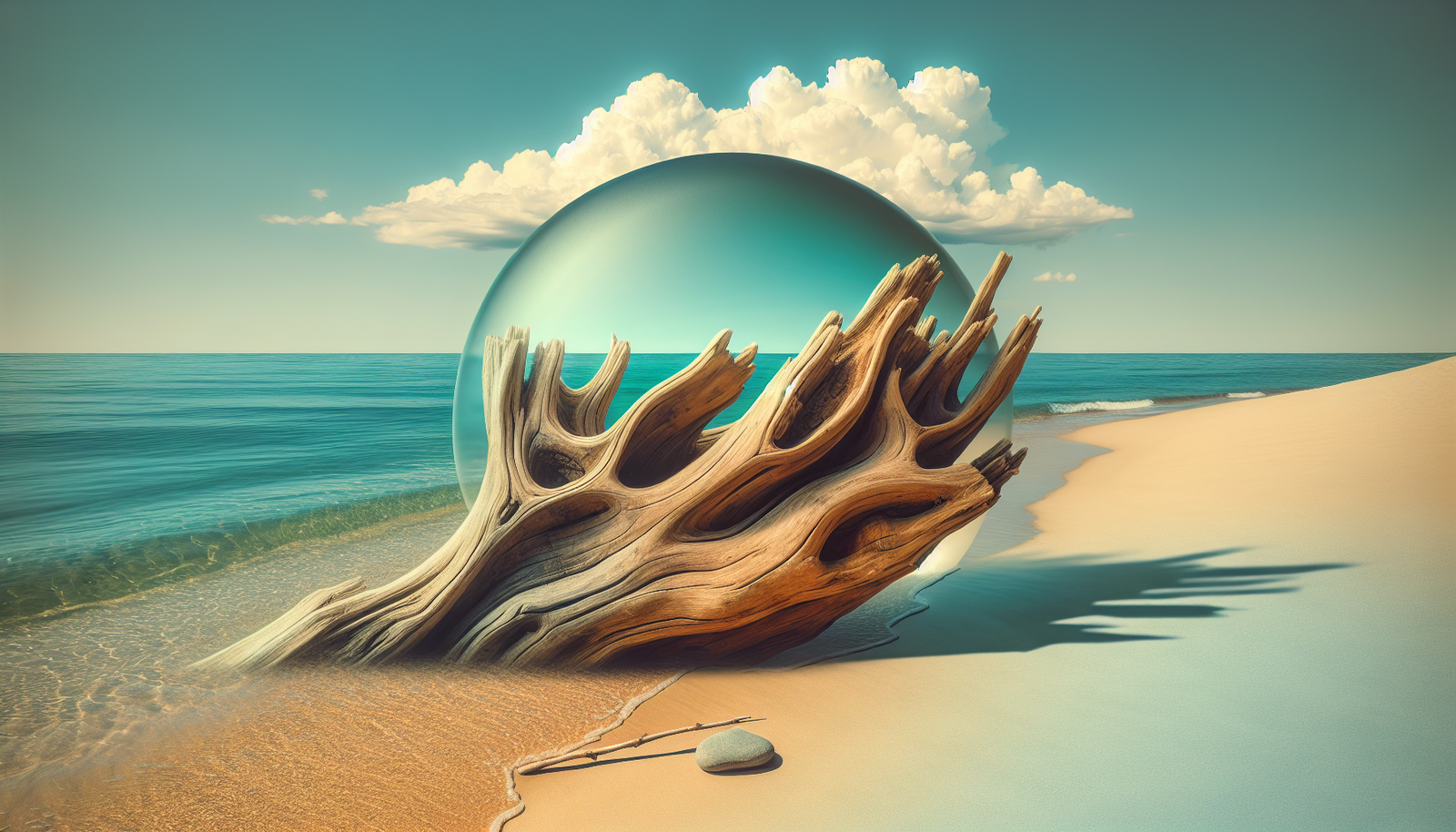
How to Find Driftwood
If you’re intrigued and want to find your piece of driftwood, embarking on a collecting trip can be an enjoyable adventure. Keep in mind that depending on where you live, there might be regulations to follow.
Best Places to Find Driftwood
Driftwood can be found near any body of water, but tidal zones along oceans, seas, and large lakes tend to have the most abundance. Remote beaches may have more driftwood due to less frequent human activity, allowing you to find unique pieces for your collection.
Rules and Regulations
Before collecting driftwood, check local regulations. Some areas may restrict the removal of driftwood due to ecological concerns. National parks, for instance, often have strict rules about taking natural materials. Always ensure that your collecting is sustainable and legal.
Caring for Driftwood
Once you’ve found your perfect piece of driftwood, caring for it will maintain its beauty and ensure it lasts. Here’s how you can preserve and prepare your driftwood for use.
Cleaning and Preparing Driftwood
- Rinse: Wash your driftwood with fresh water to remove sand and salt.
- Soak: Soak it in water (and sometimes used a bit of bleach) for a few days to kill any organisms.
- Dry: Lay it out in the sun for a natural drying process.
Preserving Driftwood
Once dry, you can opt to leave your driftwood as-is for a natural look. If you’d like to add some protection, consider:
- Sealing: Applying a clear wood sealant will help to maintain the driftwood’s integrity.
- Oiling: Using natural oils can enhance its color and protect the wood from drying out.
Driftwood in Popular Culture
Beyond personal use and art, driftwood has made its mark in popular culture. From poetry to interior design trends, it embodies various symbolisms and aesthetics that span across different media and artistic expressions.
Literature and Driftwood
Driftwood often appears as a motif in literature, symbolizing the passage of time, memory, and the journey of life itself. Many poems and stories use driftwood to convey themes of isolation, beauty, and transformation.
Driftwood in Modern Design
In recent years, driftwood has gained popularity in modern design. As sustainability becomes a focal point, designers use driftwood to create eco-friendly spaces that celebrate natural beauty. Its irregular shapes and natural look help create warm, inviting environments.
Conclusion
Naming a piece of driftwood is more than just a whimsical endeavor; it is a way to forge a personal connection with a fragment of the natural world. By considering its journey, appearance, and the emotions it evokes, you can give it a name that encapsulates its essence. As you integrate driftwood into your home, art, or spiritual practice, it becomes not just a piece of wood, but a cherished storyteller, reminding you of the beauty, mystery, and resilience found in nature.
